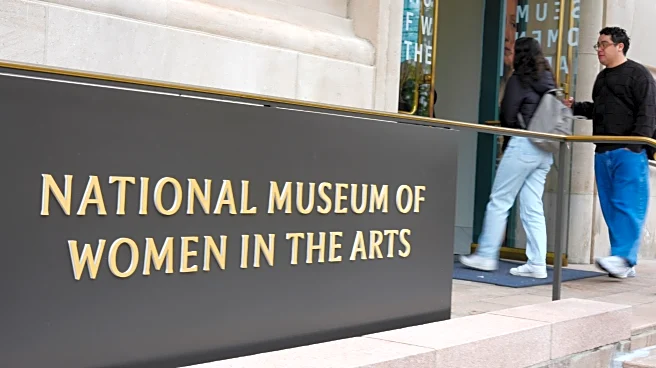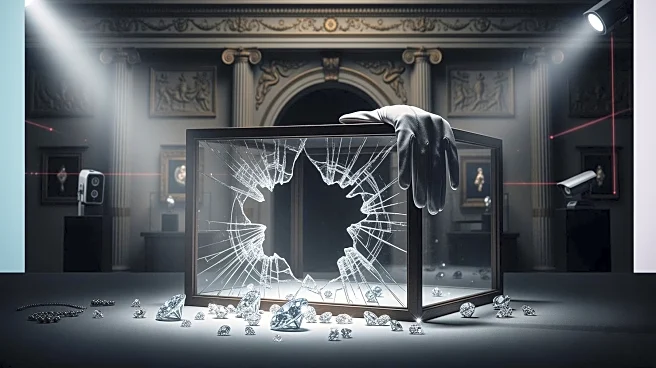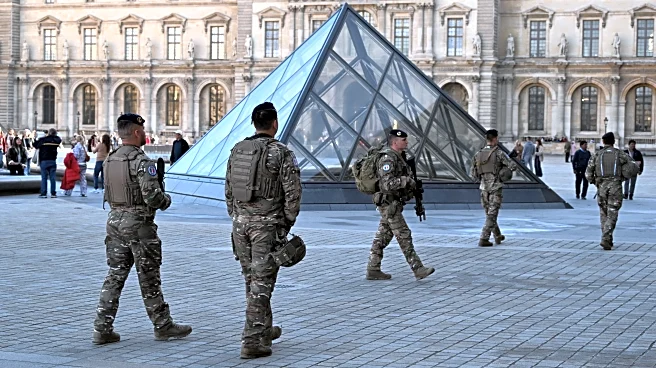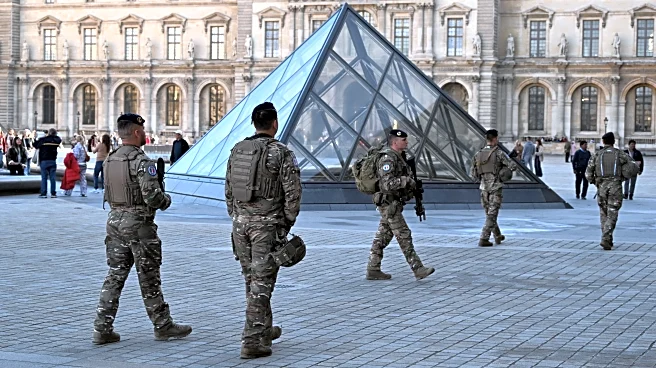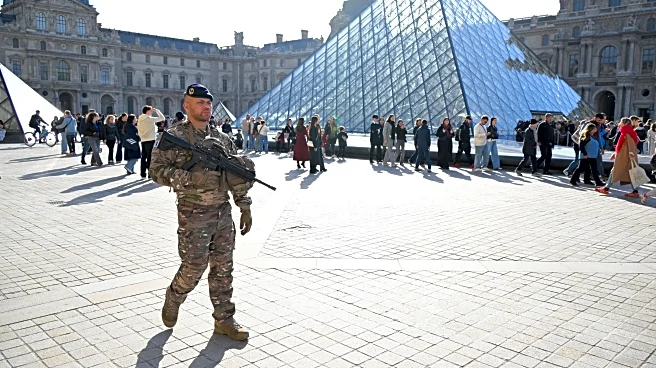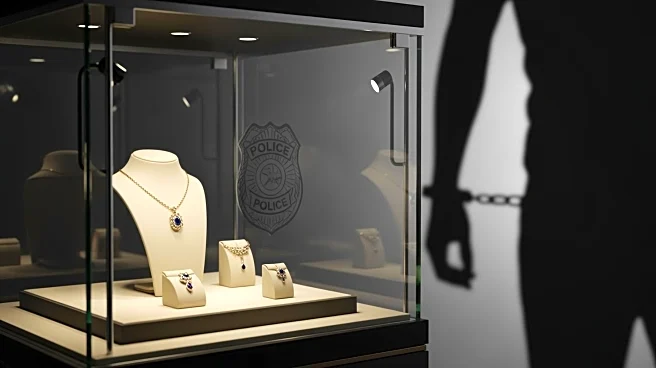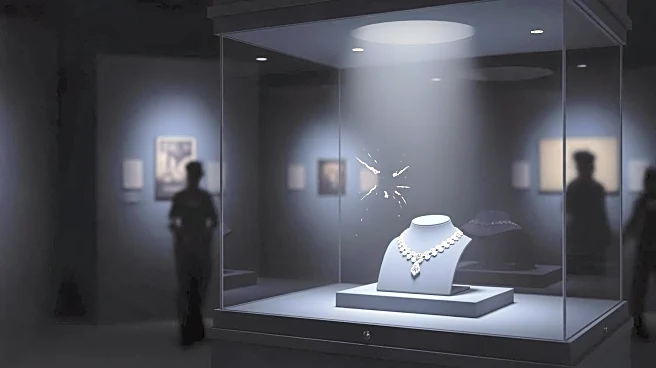What's Happening?
Paris authorities have charged four individuals in connection with the theft of jewels from the Louvre Museum, valued at approximately $100 million. The heist, which took place on October 19, involved a team of four who used a mechanical lift to access
the museum's window and escape on scooters. Among those charged are a 37-year-old man and a 38-year-old woman, both of whom have denied involvement. The man was charged with theft by an organized gang and criminal conspiracy, with his DNA found in the lift used during the heist. The woman is accused of complicity. Two other men, aged 34 and 39, have also been charged. The suspects are believed to be small-time criminals rather than part of an organized crime syndicate. Despite the arrests, the whereabouts of the stolen jewels remain unknown.
Why It's Important?
The theft of such high-value items from a major cultural institution like the Louvre has significant implications for security protocols at museums worldwide. The incident highlights vulnerabilities in museum security systems, prompting a review of current measures. The heist also underscores the ongoing issue of art and cultural property theft, which can have lasting impacts on cultural heritage and the art market. The recovery of the jewels is crucial not only for their historical value but also for maintaining public trust in the security of cultural institutions.
What's Next?
Authorities continue to search for the missing jewels and any additional suspects involved in the heist. The investigation may lead to further arrests and could result in changes to security protocols at the Louvre and other museums. The case has drawn significant public and media attention, putting pressure on law enforcement to resolve the case swiftly. The outcome of this investigation could influence future policies on the protection of cultural heritage.
Beyond the Headlines
The heist raises questions about the motivations behind such crimes and the potential markets for stolen cultural property. It also highlights the challenges faced by law enforcement in tracking and recovering stolen art, which often disappears into private collections or is used in illicit trade. The incident may prompt discussions on international cooperation in combating art theft and the need for stricter regulations on the sale and trade of cultural artifacts.


